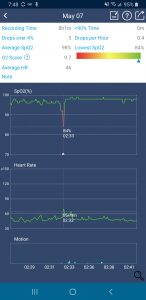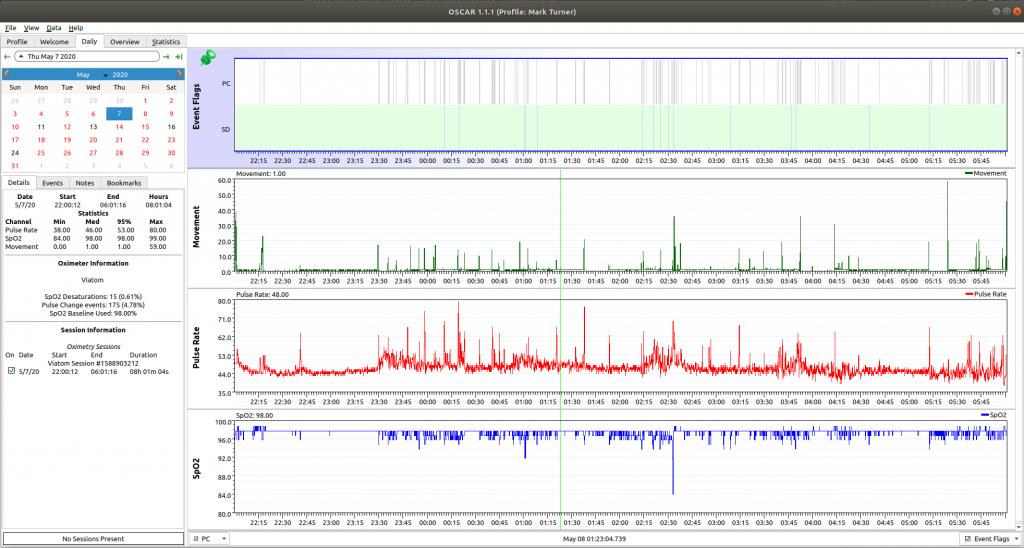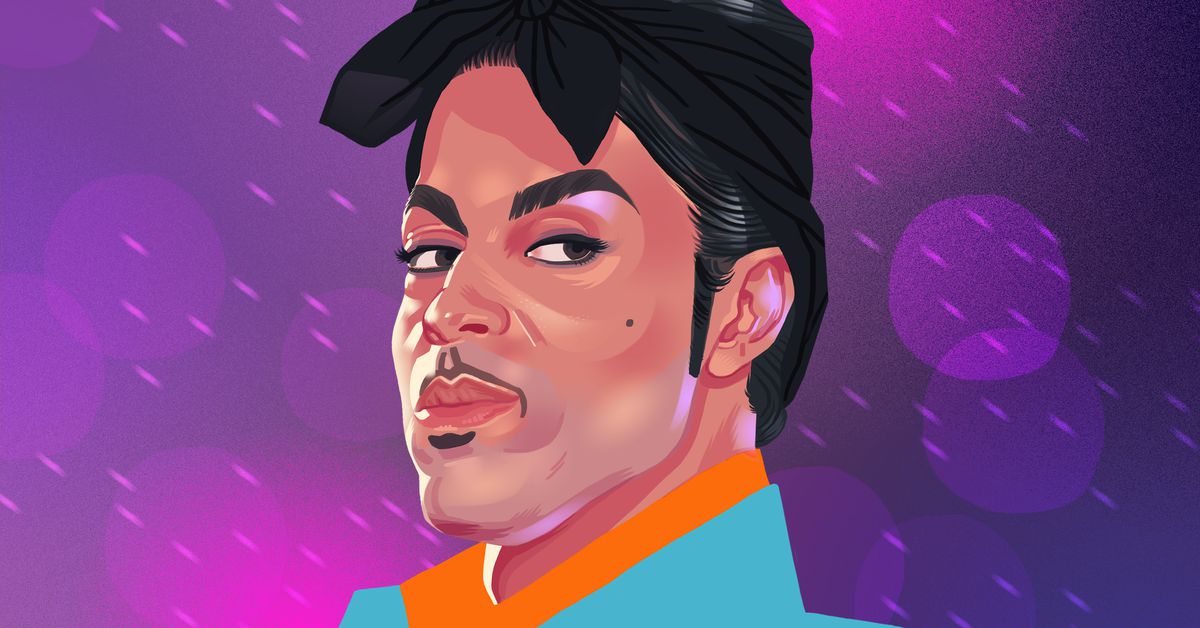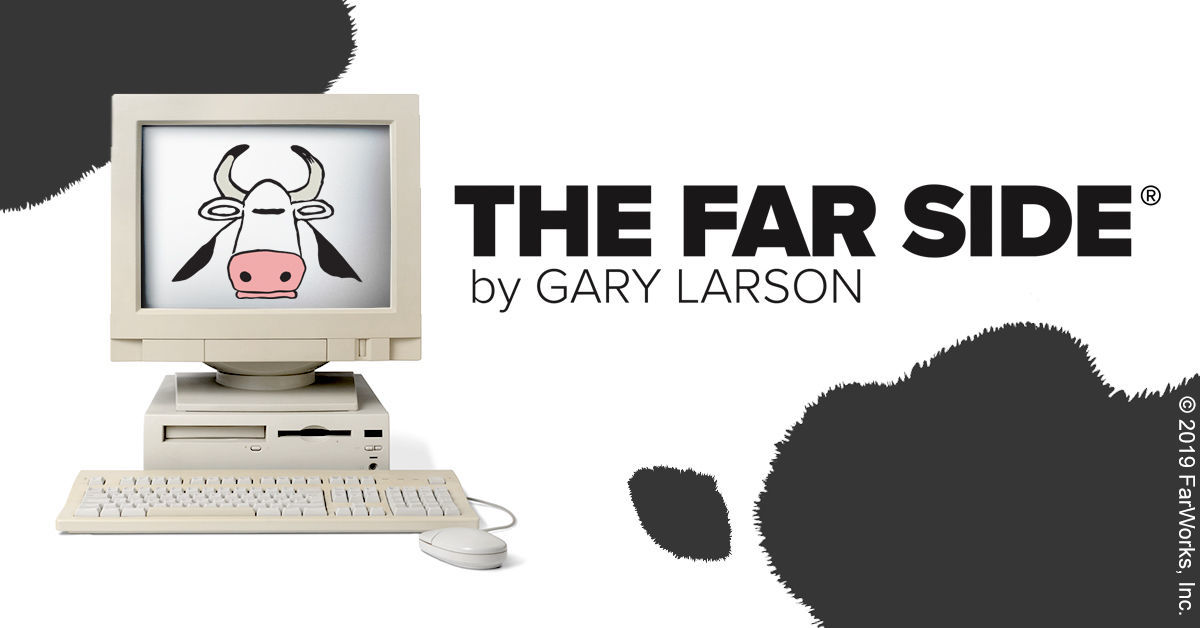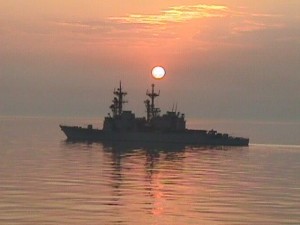I found this posted in a Navy-related Facebook group, shared in February 2024. As a destroyer sailor myself, I thought it describes well what makes a sailor different. I have searched all over and cannot find this anywhere else on the Internet, so the author is unknown.
To a Young Person Considering Naval Service: Attitudes and Preparation
If you are considering Naval Service, it would be good to take a look at all the services and what they have to offer. They are identical in pay and benefits for a given rank, though they differ in the main type and setting of the work you will do.
Before we get into the small print, you should know that one very important aspect of military service is the overall attitude and bearing of the particular branch. This is, as much as anything, what you should consider when choosing one over another.
Nothing much has changed in this area in the many decades since I joined the Navy. From what I can see, things are about the same. If you want to get an idea, take a look at what the services consider important. Look at their monuments and memorials.
For nearly all of its existence the Navy didn’t really have a memorial, per se. The reason for this is that the Navy didn’t concern itself that much with how posterity viewed it. It was the Navy and would be the Navy, and if you didn’t know or like that, the fleet wasn’t going to lose any sleep.
Continue reading
